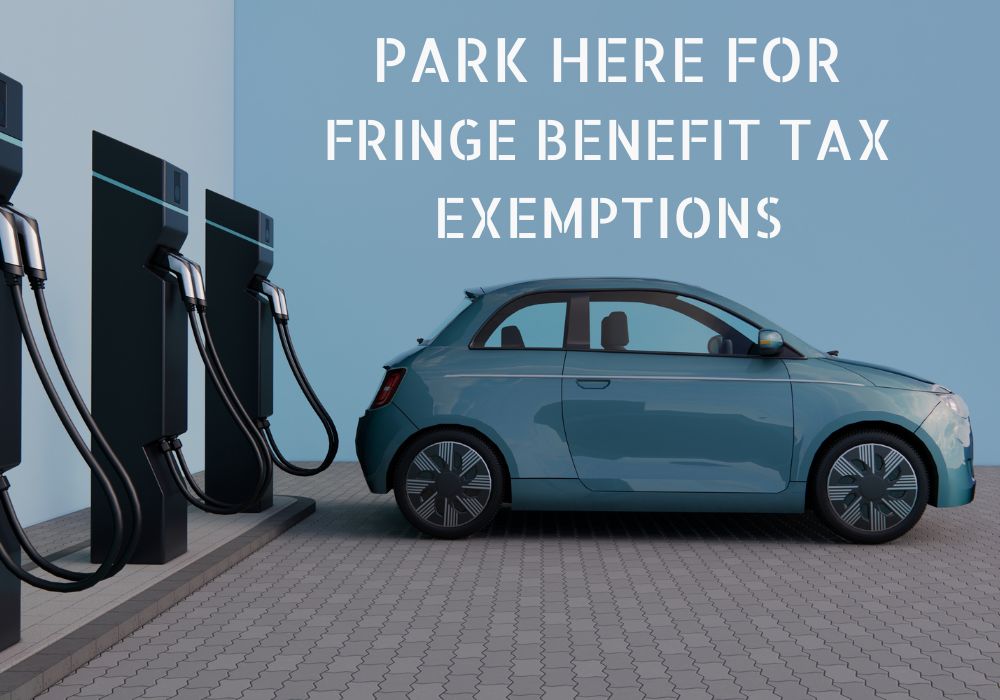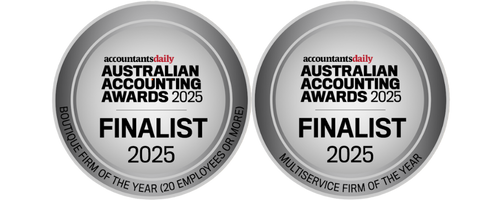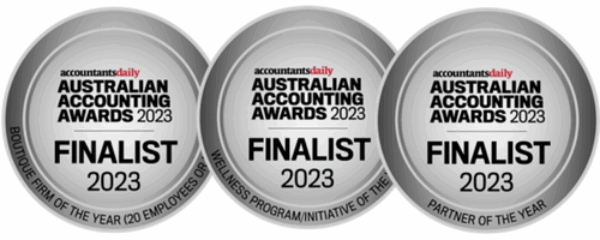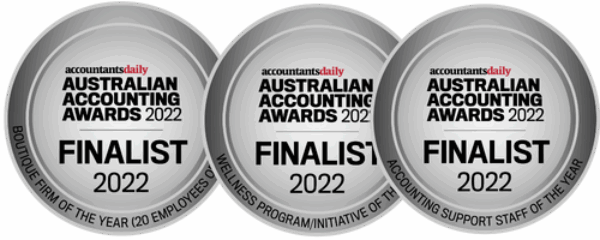New legislation allows exemptions from paying Fringe benefits tax (FBT) on private use of electric vehicles which meet certain conditions. This article will help you make an informed decision on your next vehicle purchase, exploring the pros and cons and providing any necessary information.
What is accepted…and the conditions:
The first barrier to the exemption, the vehicle must be zero or low emission, plug-in hybrids being the most obvious. It’s important to keep in mind that if the vehicle exceeds the fuel-efficient luxury car tax threshold of $84,196 at the time it is first sold in a retail sale, and in any subsequent sale, the exemption is not available. Additionally, for tax purposes the car is only eligible for depreciation up to $64,741 in line with the ATO cost limit.
These barriers are summarized below:
- The electric car must be used for the first time on or after 1 July 2022 – even if it is held before this date
- The cost must be less than luxury vehicle tax of $84,196.
- The vehicle must meet low emissions regulations.
- Exemption to be reviewed April 2025 – all EV’s purchased prior will remain exempt. However, from 1 April 2025, a plug-in hybrid electric vehicle will not be considered a zero or low emissions vehicle under the current FBT law.
Benefits to the Employer:
Employer enters into a FBT vehicle agreement.
The best way to demonstrate this is with a table showing the figures using the ‘Statutory’ method:
| Features | Values |
| Cost of vehicle (Tesla Model 3) | $67,200 |
| Taxable component for employer (20%) | $13,440 |
| FBT liability (grossed up TYPE 1 and taxed at 47%) | $13,132 |
| FBT after exemption applied | $0 |
| EMPLOYER SAVINGS | $13,140.21 |
*In comparison to the employer providing a fuel powered vehicle
Benefits to the Employee:
Employee uses pre-tax income for novated lease agreement:
| Features | Salary sacrificed | Not salary sacrificed |
| Income (PAYG) | $175,000 | $175,000 |
| Annual running cost for vehicle (subtract pre-tax ($20,000)) | $155,000 | $175,000 |
| Tax withheld | – $42,130 | -$49,460 |
| Income after tax | $112,870 | $125,540 |
| Cost of car after tax | $0 | -$20,000 |
| Income after cost of car | $112,870 | $105,540 |
| ANNUAL TAX BENEFIT | $7,330 |
*In comparison to the employee purchasing a fuel powered vehicle
It’s important to note:
- Although the private use of an eligible electric car is exempt from FBT, employers will include the value of the benefit when working out whether an employee has a reportable fringe benefits amount (RFBA). An employee has an RFBA if the total taxable value of certain fringe benefits provided to them (or their associate) is more than $2,000 in an FBT year. The RFBA must be reported on the employee’s payment summary and adds to the adjusted taxable income (ATI) which can affect HECS and other ATO and government repayments.
- Motorcycles and scooters are not cars for FBT purposes and do not qualify for the exemption, even if they are electric.
Summary
The tables above show how beneficial the FBT tax exemption for electric vehicles can be when put into practice. There has been serious pressure put on the government to enact change and push towards a greener future, this is one method of achieving those goals.
The FBT exemption has provided us with an incredible opportunity to reduce tax liabilities, however we need to ensure that all factors are considered so if this is something you would like to explore further, we encourage you to contact us on 07 3221 5677 or enquiries@walshs.com.au. You can also schedule a meeting with us by clicking on this booking link.
By: Callum Wright, Accountant | Walshs











